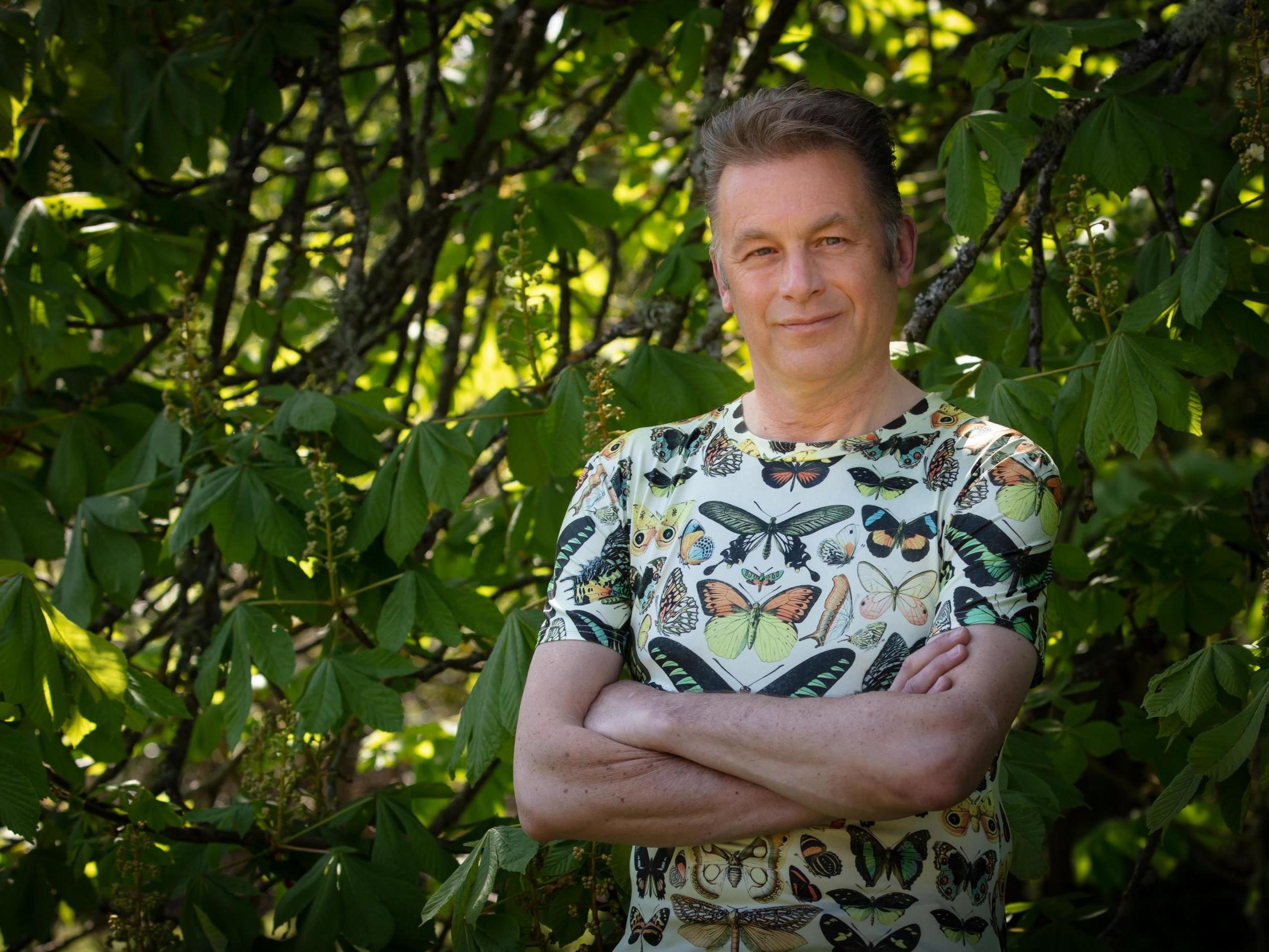High hopes for record butterfly numbers as Chris Packham launches annual count
Warm sunny spring and early emergences puts Big Butterfly Count 2020 on course for bumper year

Your support helps us to tell the story
From reproductive rights to climate change to Big Tech, The Independent is on the ground when the story is developing. Whether it's investigating the financials of Elon Musk's pro-Trump PAC or producing our latest documentary, 'The A Word', which shines a light on the American women fighting for reproductive rights, we know how important it is to parse out the facts from the messaging.
At such a critical moment in US history, we need reporters on the ground. Your donation allows us to keep sending journalists to speak to both sides of the story.
The Independent is trusted by Americans across the entire political spectrum. And unlike many other quality news outlets, we choose not to lock Americans out of our reporting and analysis with paywalls. We believe quality journalism should be available to everyone, paid for by those who can afford it.
Your support makes all the difference.Amid the rapid depletion of insects across Britain, conservationists are urging the public to take part in the Big Butterfly Count 2020 to help assess the health of the environment and provide feedback on how species are coping.
The warm dry spring in the UK has provided ideal conditions for butterflies, prompting the earliest average emergences of the creatures for the last 20 years.
Last year the count saw more than 113,000 people take part, and organisers hope for greater levels of participation this year. This will help scientists “take the pulse of nature”.
The data will contribute to identifying species-level trends that will help conservationists plan how to better protect butterflies from extinction, as well as understanding the wider effect of climate change on wildlife.
The UK-wide survey asks people to spend 15 minutes in an outdoor space and count the number and type of butterflies (and some day-flying moths) they see.
Chris Packham, the naturalist and vice president of the Butterfly Conservation group, said: “While so many of us have had a bit more time to appreciate the nature on our doorsteps during the lockdown period, and learning about the natural world has been a mindful distraction from uncertainty, this is a real chance to do something positive and contribute to conserving nature.
“Butterflies and moths are key indicators of the health of our environment and anyone can help contribute to our understanding of these incredible creatures by taking part in the Big Butterfly Count.”
He added: “The sightings you submit will be used to map and measure populations and the geographic spread of species across the UK. We’re asking everyone who has been given a helping hand from nature this year to return the favour.”
Dr Zoë Randle, senior surveys officer at Butterfly Conservation said: “We’re excited to find out the results from the Big Butterfly Count this year. The very sunny spring weather meant that almost all butterfly species have emerged early this summer, so we’re hoping for some interesting data. As our weather patterns change it’s more important than ever for us to be able to capture this information.
“We’ve seen an incredible amount of interest from people who have been out and about in their gardens and local areas spotting butterflies for the first time. From children learning about the life cycle of a butterfly from a caterpillar found in their own back gardens, to adults who have spotted a fluttering red admiral while exercising outside instead of at the gym. Nature has really shown its true value to us this year, but it is still under threat. Now, more than ever, we must all do our little bit to protect it.”
The count comes just days after The Wildlife Trusts released a disturbing report detailing the huge toll human activity is having on insects and their habitats.
In the last half-century, 41 per cent of wildlife species in Britain have suffered strong or moderate decreases in numbers mainly due to habitat loss and industrial-scale use of pesticides, it found.
The UK has lost 97 per cent of its wildflower meadows since the 1930s and 87 per cent of its wetlands, both of which supported a huge array of wildlife.
Compounding the destruction of these ecosystems is the fact that 16,900 tonnes of pesticides are applied to the countryside every year, not including additional pesticides used in gardens in towns and cities.
The Wildlife Trusts called for action “at every level of society, from local to global”, to address the issue.
To take part in the Big Butterfly Count visit the Butterfly Conservation website.
Join our commenting forum
Join thought-provoking conversations, follow other Independent readers and see their replies
Comments